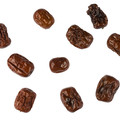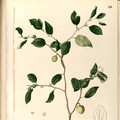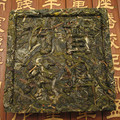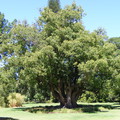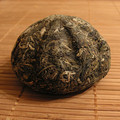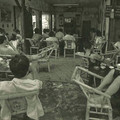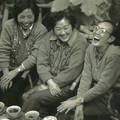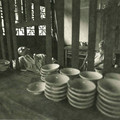Yunnan Pu-erh Tea - List by Tomáš Machálek
„“

- Discussion: 0 comments
- Write a comment
Teas - Pu-erh
2003 CNNP "Yi Wu Old Tree Round Cake" Raw
 1 review
1 reviewProbably a small tea factory in Yi Wu area pressed this cake under the "zhong cha"...
2005 Nannuoshan TF Menghai Raw Puerh Cake
 1 review
1 reviewThis is a classic Menghai spring blended cake from Nannuoshan Tea Factory which was...
2014 Autumn Di Jie Village Old Tree
 0 reviews
0 reviewsDi JIe is one of few villages around Bingdao. This maocha come from late September...
2002 Fu Cha Ju Ailaoshan Ripe Puerh Cake
 2 reviews
2 reviewsThis high quality ripe cake is made of spring large-leaf varietal arbor tea from Ailao...
2016 Chawangpu Yibang Manguishan Xiao
 0 reviews
0 reviewsLast winter was unusually cold. Many people thought they would have a good harvest the...
Quotes - Pu-erh
„Closer Examination of Puer
High quality broad leaf variety tea (camelia sinensis assamica) should not produce any uncomfortable effects such as prickling, tingling or numbing. Nor should there be any errant aromas or flavours such as smokiness, sourness, mouldiness, dry or drying sensations. “
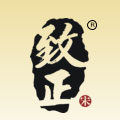
Quotes Tags: Pu-erh, Experiencing tea
Video - Pu-erh
Teas
DaeJak 2014 ECO Korea
 1 review
1 reviewKorean green tea picked in the spring of 2014 in Hadong district, Jiri mountains. Grown and produced by an...
2013 Early Spring Premium Yunnan Mao Feng
 1 review
1 reviewGrade: AA+ Cultivar: Yunnan Da Ye Harvest area: Si Mao, Yunnan Yunnan green tea produced...
2003 CNNP Yi Wu Arbor Ming Chien „Hundred
 1 review
1 reviewProcessing: discontinuation of oxidation, rolling, sun drying, humidification, pressing performed...
Theme
Tea by region
We will help you with tea selection.
Do you like quality loose tea?
We will help you to find the right one for you. Be inspired by tea ratings of other tea lovers. Rating stars could help you.


Review your cup of tea.
Review the tea you are drinking and help other tea lovers to find the right cup of tea.



Quotes
„Then there is the more nuanced problem of what to do with the samples. It’s quite easy to say that sampling widely will give you experience in tea drinking. In practice, however, that’s not so simple. Of course, trying all kinds of teas will most certainly give you experience. However, it is experience on a relatively shallow level. Certain kinds of teas, such as really bad or really good teas, will probably manifest themselves quite readily. Others, however, are not so obvious. It is actually easier to try teas if you, say, cup them, but then it becomes work and the process is not very enjoyable. This is, ultimately, a hobby, and not a job (for me anyway) so taking the fun away like that is basically missing the point.“



 Shops
Shops Share on Facebook
Share on Facebook






